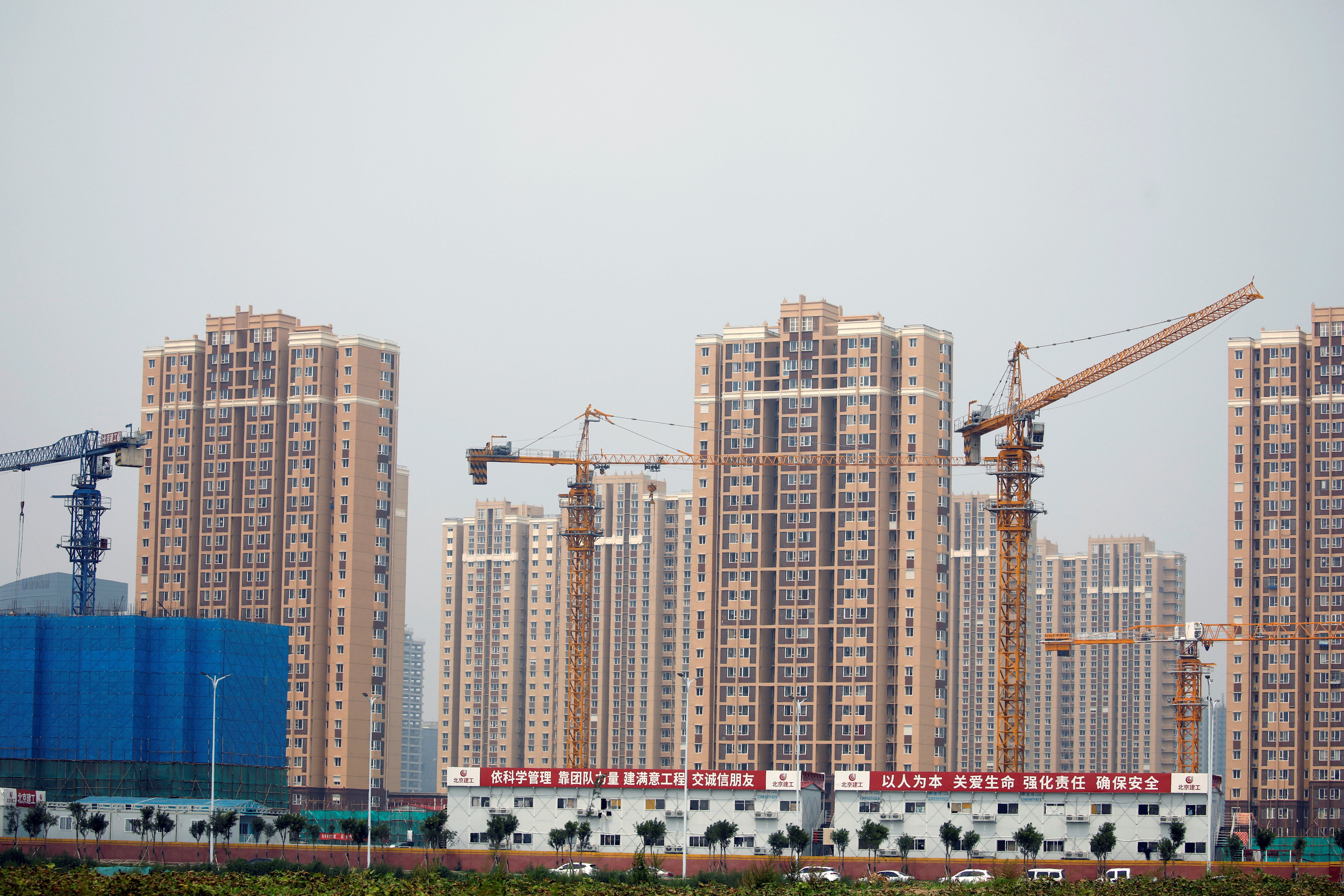BEIJING: China has unveiled a “dual circulation” strategy to cut its dependence on overseas markets and technology in its long-term development, a shift brought on by a deepening rift with the United States.
WHAT IS THE ‘DUAL CIRCULATION’ MODEL?
Chinese President Xi Jinping first raised the idea in May and later elaborated that China will rely mainly on “internal circulation” – the domestic cycle of production, distribution, and consumption – for its development, supported by innovation and upgrades in the economy.
Xi also said “internal circulation” will be supported by “external circulation”.
No further details have been announced on the strategy.
Three decades ago, former leader Deng Xiaoping adopted a “great international circulation” strategy, but the 2008-09 global crisis exposed the vulnerability of the export-led model and prodded policymakers to rebalance growth towards domestic demand.
The “dual circulation” strategy could become a key priority in the government’s 14th five-year plan (2021-2025), due to be unveiled during the annual parliament session in early 2021.
DOMESTIC CYCLE
To jump-start “internal circulation,” China needs to boost household incomes and consumption.
Key would be its ongoing urbanisation programme to turn millions of migrant workers into city dwellers to expand China’s middle class. About 60% of China’s population lives in urban areas.
China is already a “hyper-sized” consumer market with 1.4 billion people. Its rapidly growing middle class is at least over 400-million strong.
So far this year, the recovery in consumption has lagged behind production amid job losses and economic uncertainties brought about by the coronavirus pandemic.
SUPPLY CHAINS
China has boasted the most complete manufacturing supply chains in the world, helped by foreign companies.
But tension with the United States has exposed China’s vulnerability as it relies heavily on US high-tech products, such as semiconductors, forcing Beijing to spur domestic innovation in efforts to secure domestic supply chains.
Under the “dual circulation” strategy, Xi aims to boost tech innovation and push Chinese firms up the global value chain, key to globalising China’s home-grown companies, boosting household incomes, and in turn, stimulating domestic demand.
Chinese leaders still advocate greater market opening to attract more foreign investment in high-end manufacturing to strengthen its supply chain security and deter foreign countries’ from luring firms away from China.
- Reporting by Kevin Yao























